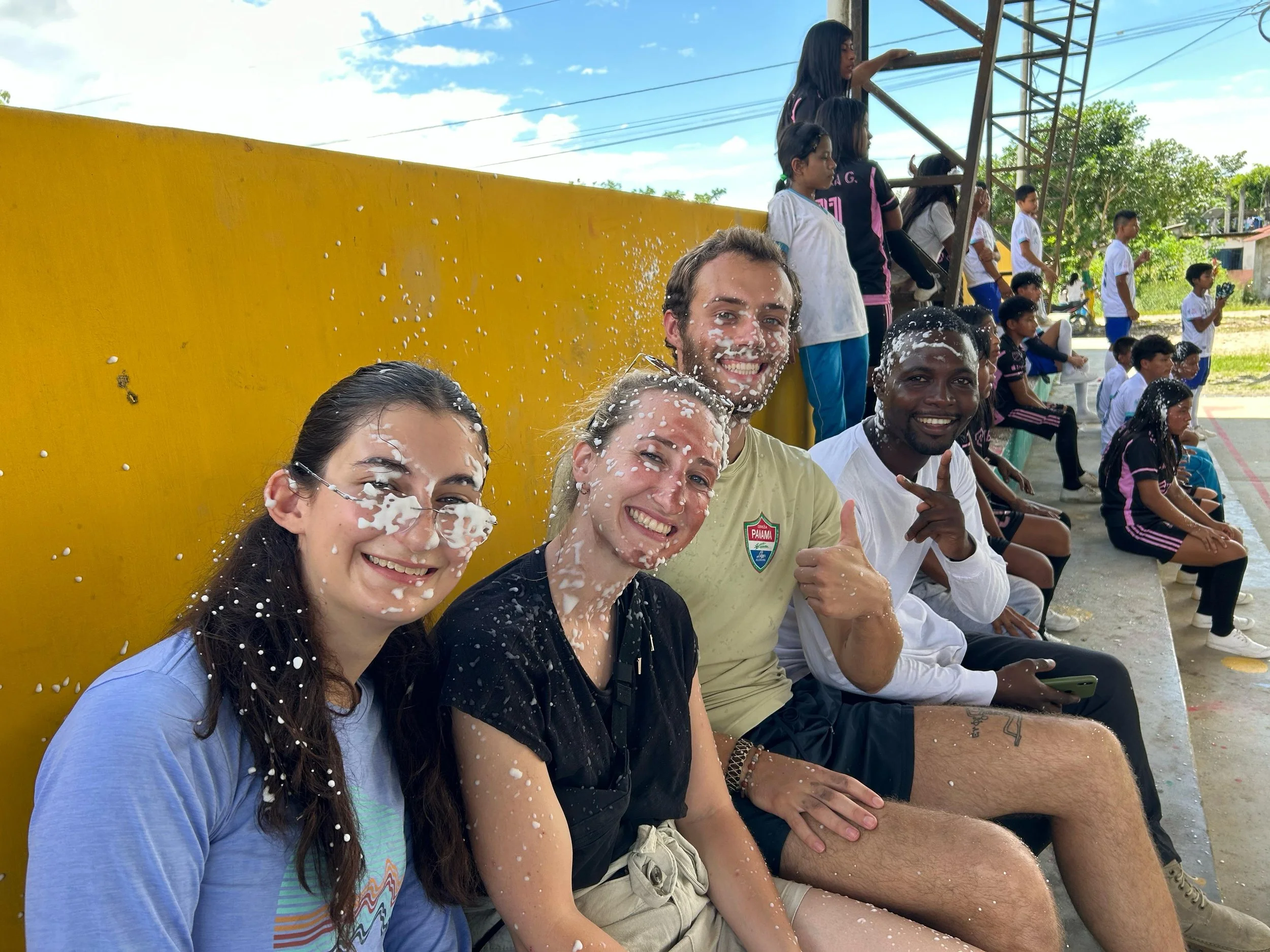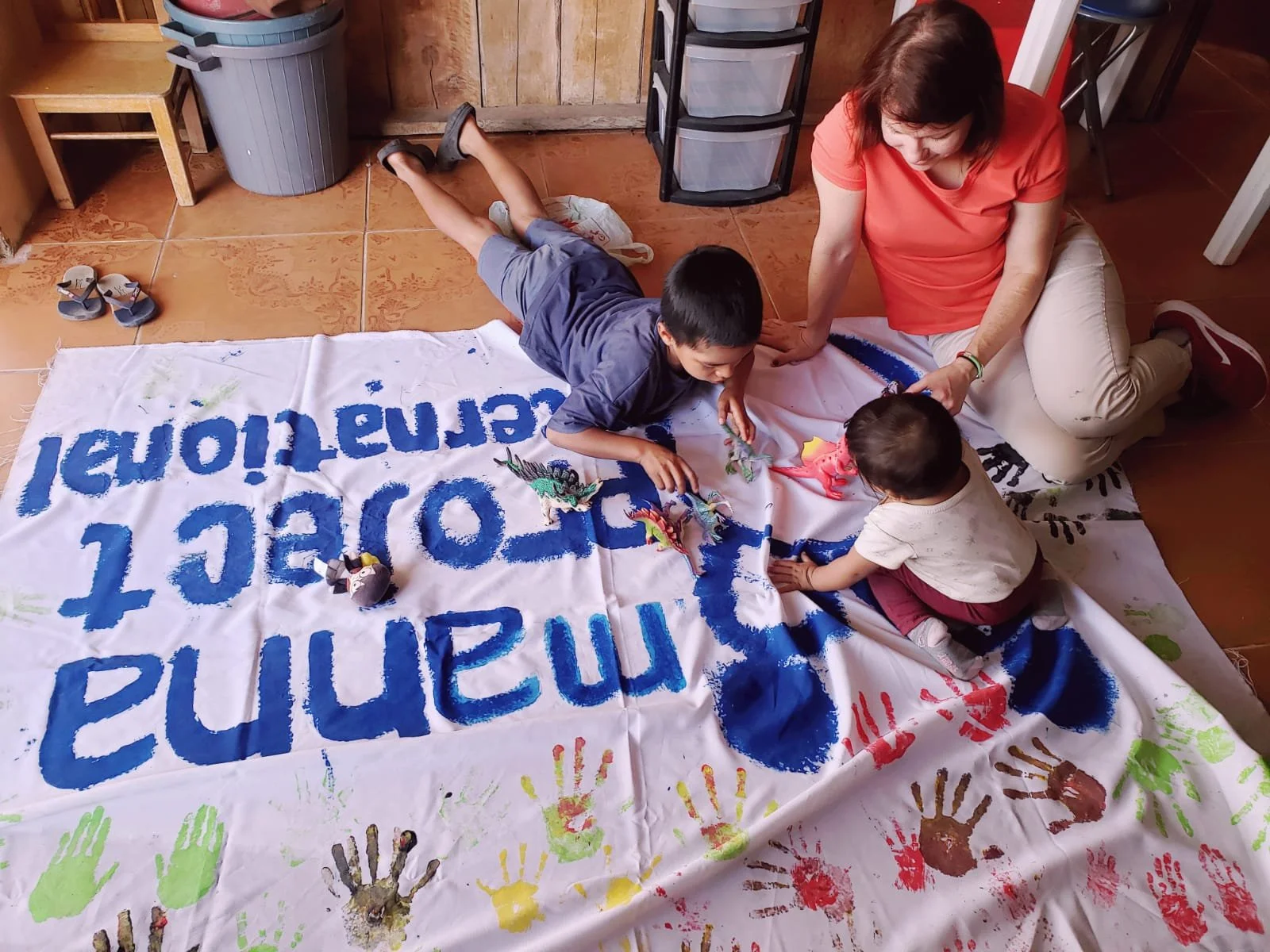A beautiful Semana Santa
Semana Santa is the Easter celebration in Spanish-speaking countries. Everything shuts down for at least four days, Thursday through Sunday. Communities come together to celebrate with processions, gatherings and family meals. Many people head for the countryside or the beach - we headed to Vilcabamba for a nice break to do a whole lot of sweet, sweet nothing. It was quite the #vacationwin!
This trip during Holy Week was filled with a plane ride through the Sacred Valley of Vilcabamba, lots of good food, massages, naps, and Easter Mass. It was just what the doctor ordered.
Vilcabamba, Ecuador is known for the longevity of its people's lives. Vilcabambenses, or natives of Vilcabamba, tend to live over 100 years, and they say there's definitely something in the water. So, of course we stocked up!
Vilcabamba is home to a large population of American ex-pats and also sees a large amount of foreign travelers, as opposed to other parts of the country. This made for a friendly, diverse, and easily bilingual travel destination - perfect for a short vacation.
Vilcabamba has a more tropical climate than Quito, and we thoroughly enjoyed the warm, humid weather and spectacular views for a few days.
Happy Easter from Ecuador!
Want to spend next Easter in Ecuador? Join us!
Program Director applications are due April 5th.





















































